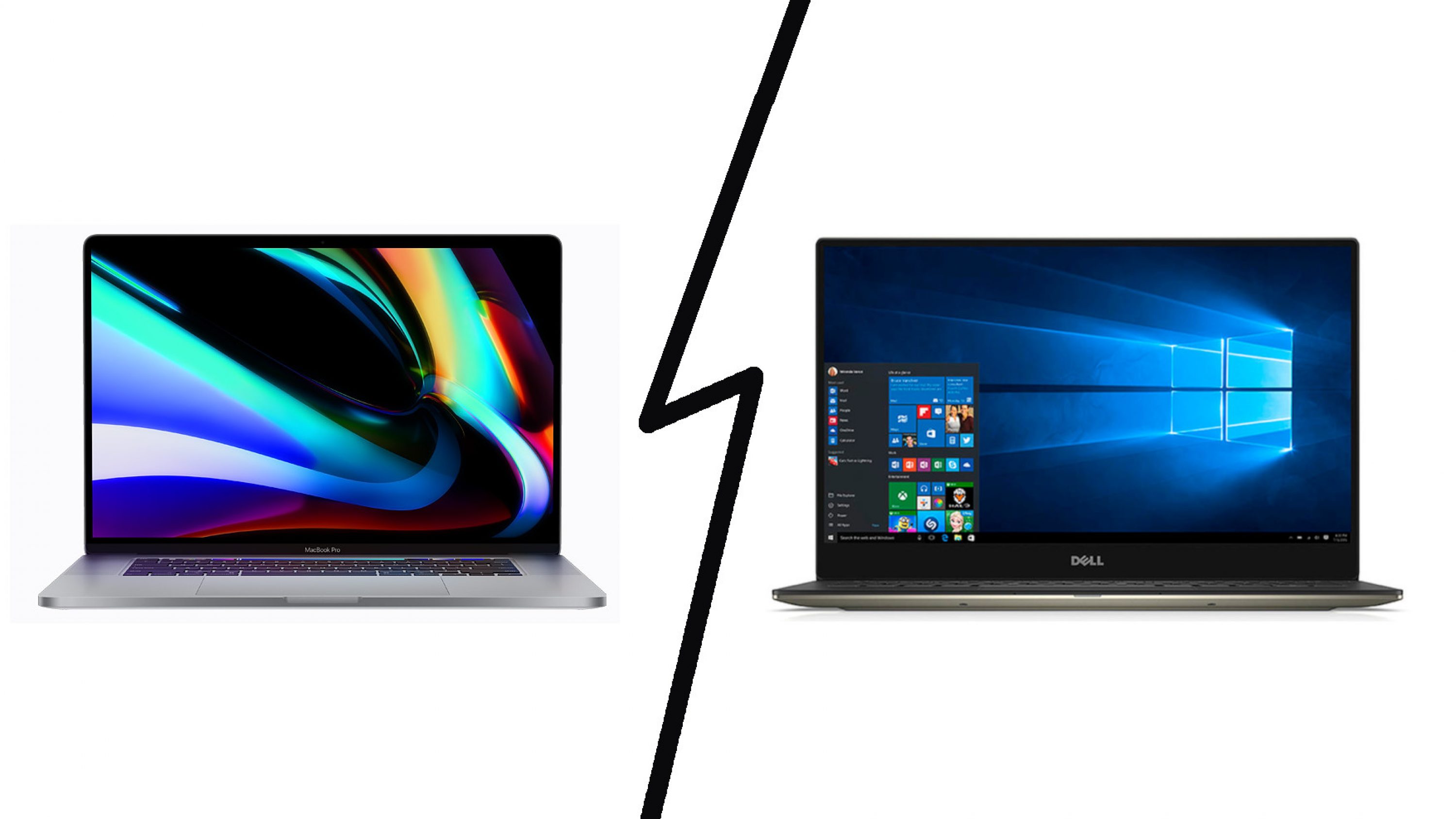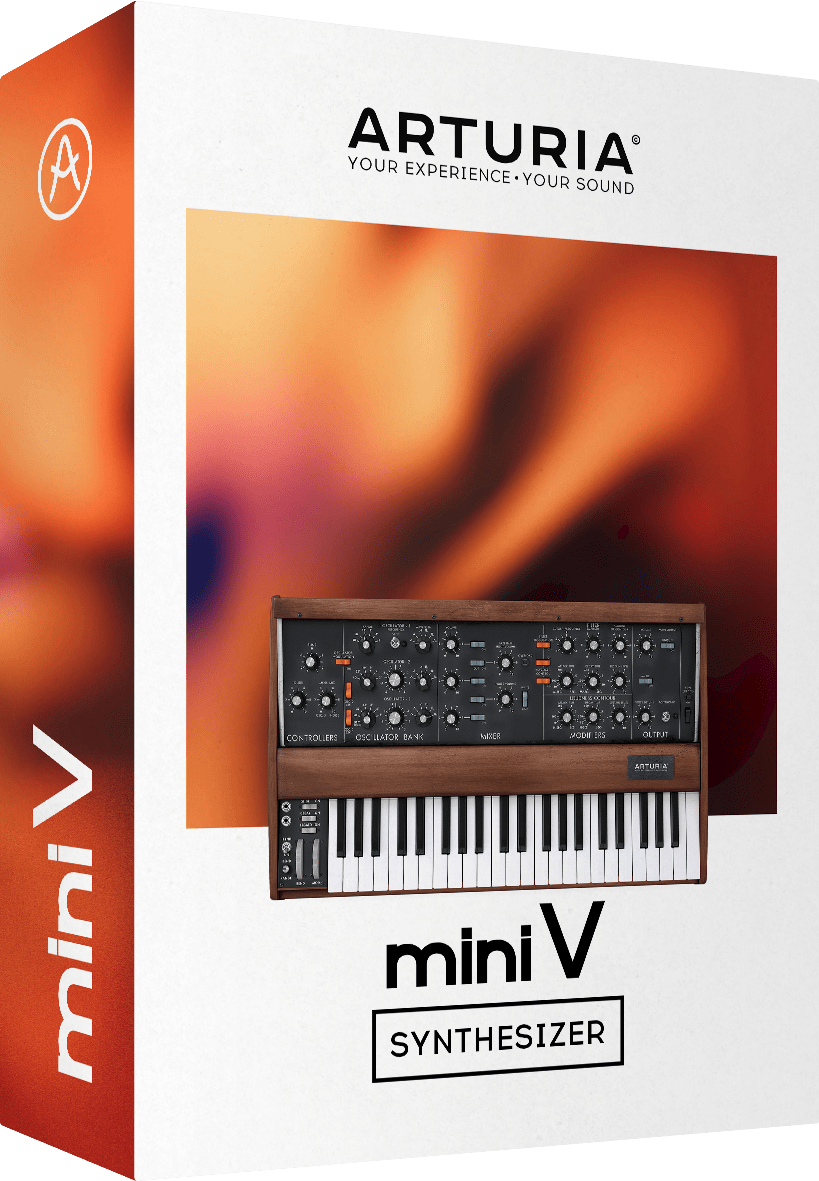
You can reorder them by clicking-dragging them up and down the stack, and the position will have a direct impact on your sound sounds start at the top and work their way down. You can choose a custom AU synthesizer at the top of the stack, and there are hardwired slots for the Compressor and Visual EQ effects, plus four remaining slots for your installed Audio Units plugins.
Minimoog emulator mac software#
Once in GarageBand, you can access your AU plugins by creating a software instrument track, then clicking on the "Edit" tab in the right-hand Track Info column (see left image). Power User note: The latest versions of OS X might try to stop you from installing these plugins (it's a long story), but you'll have success if you use this trick: hold down the Control key while clicking on the installer, and select the "Open" command from the pop-up menu. component suffix) into the support folder Macintosh HD\Library\Audio\Plug-Ins\Components before starting up GarageBand. Some of the plugins include an installer, but for those that don't, you'll need to place the plugin (identified by the. We've taken the time to sift through the mountains of offerings to locate the gems in the pile. Besides the vast assortment of commercial plugins, there is also a treasure trove of free synthesizers and effects that will really inspire your creative juices.
Minimoog emulator mac for mac#
Without alteration to its basic design, 13,000 Minimoogs were sold worldwide, right up to 1981.Even though Apple's GarageBand for Mac has all sorts of built-in instruments (and a smaller complement of audio effects), it has always been expandable by adding Audio Unit (AU) plugins. A major marketing campaign saw the Minimoog become a huge success. This simplified manufacturing considerably, and cut costs dramatically. The type and number of modules was also fixed. All of the modules’ connecting circuitry was hard-wired at the factory. In contrast to previous modular synthesizers, it was neither necessary nor possible for players to connect the modules of the Minimoog as they saw fit. After three prototypes were built, the Minimoog Model D was released in the summer of 1970. In 1969, Moog collaborated with engineers Jim Scott, Bill Hemsath, and Chad Hunt to design a compact, portable, affordable, and easy-to-use synthesizer. Moog realized that these modular synthesizers were too complex and expensive for the average musician and were likely to fail if sold through traditional music retailers.


Establishing these connections properly was an art unto itself, and obtaining useful settings on the modules required significant expertise.
Minimoog emulator mac Patch#
The inputs and outputs of the modules had to be interconnected via a confusing tangle of patch cords before the synthesizer would make a sound. One chassis, or several, housed the power supply and the actual modules.

Moog and Buchla’s voltage-controlled synthesizers were modular.


 0 kommentar(er)
0 kommentar(er)
